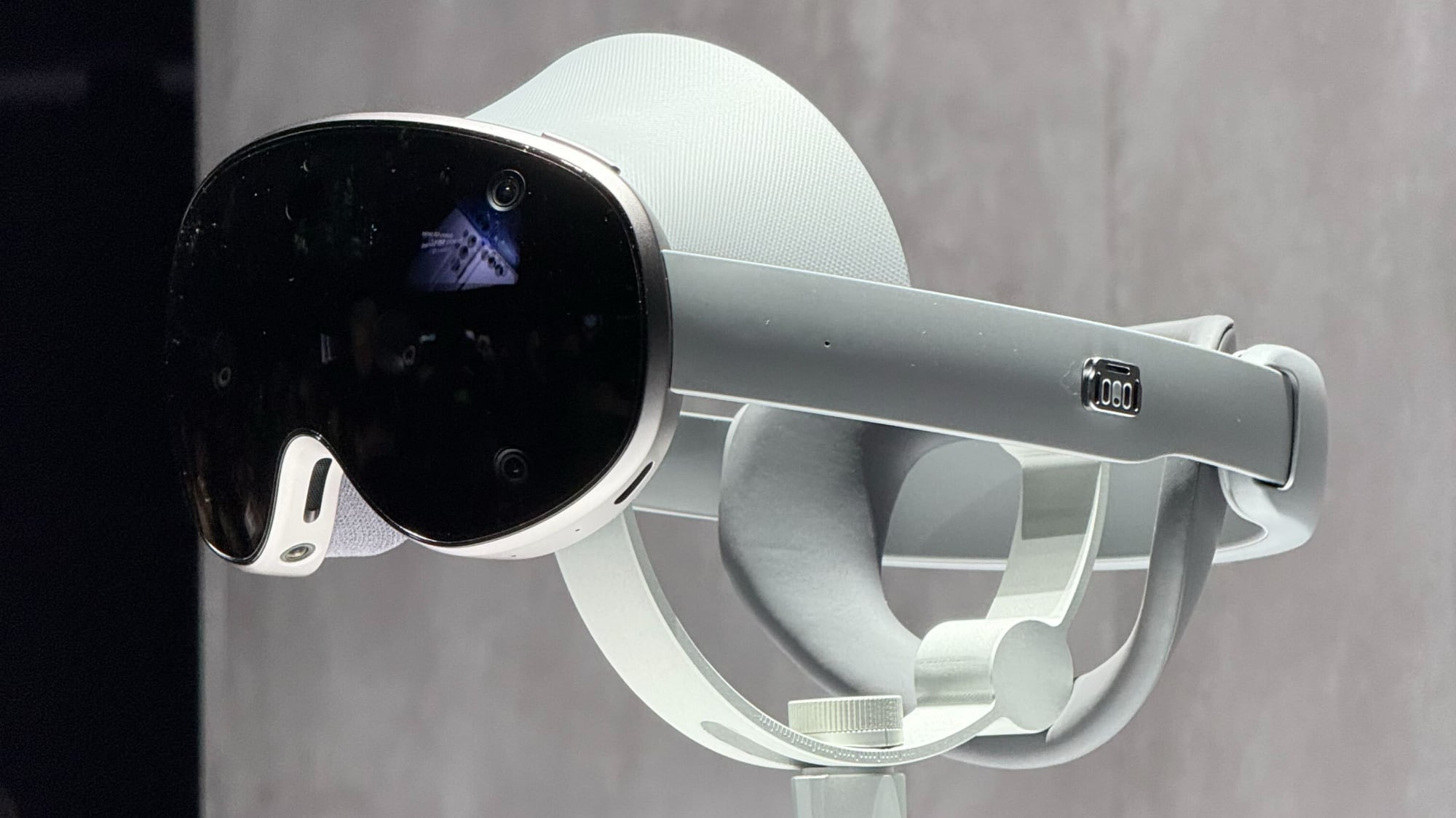Samsung's Headset to Offer Better Displays Than Apple Vision Pro
Samsung's XR Headset: A Display Showdown with Apple's Vision Pro

The tech world is buzzing with anticipation for Samsung's foray into the extended reality (XR) market. Scheduled for a late 2025 launch, Samsung's first XR headset is generating considerable excitement, particularly due to reports suggesting its displays will surpass those of Apple's Vision Pro. This claim, originating from a supply chain report by The Elec, promises a significant leap in visual fidelity.
Superior Displays: A Closer Look at the Specs
The Elec's report highlights the key difference: the displays. Samsung's headset is expected to utilize 1.3-inch OLEDoS (OLED on Silicon) microdisplays boasting an impressive pixel density of approximately 3,800 pixels per inch (PPI). This significantly outperforms the Apple Vision Pro's 1.42-inch OLEDoS panels from Sony, which achieve a pixel density of 3,391 PPI. The higher PPI in Samsung's headset translates directly to sharper, clearer visuals, promising a more immersive XR experience.
While Samsung's headset uses slightly smaller displays, the increased pixel density is expected to more than compensate for any potential reduction in the field of view. The sharper images should make the slightly smaller viewing area less noticeable, offering a superior overall visual experience compared to the Vision Pro.
OLEDoS: The Technology Behind the Revolution
The Apple Vision Pro marked a significant milestone by being the first mainstream consumer device to adopt OLEDoS microdisplays. This cutting-edge technology is crucial for achieving extremely high resolutions in remarkably compact form factors. OLEDoS is particularly well-suited for virtual reality applications, where a high pixel density is paramount for creating convincing and immersive virtual worlds.
The technology's ability to pack a vast number of pixels into a small space is essential for reducing screen-door effect – a common issue in VR headsets where individual pixels are visible, creating a distracting mesh-like appearance. OLEDoS effectively minimizes this effect, resulting in smoother, more realistic visuals.
Samsung's Supply Chain Strategy: A Partnership with Sony?
A significant aspect of Samsung's headset development is its supply chain strategy. According to reports, Samsung is evaluating multiple sources for its OLEDoS panels, primarily considering Sony and Samsung Display. Sony currently holds a leading position as the main supplier. However, this relationship presents interesting dynamics.
Sony, despite its undisputed expertise in microdisplay manufacturing, faces production capacity constraints. This was previously evident when they reportedly declined Apple's request to increase output for the Vision Pro. Sony's focus remains firmly on its entertainment business, and it appears hesitant to allocate significant additional resources to its display operations.
This limited supply could influence Samsung's decision-making. While partnering with Sony ensures access to a proven, high-quality product, the potential production limitations might push Samsung towards diversifying its supply chain, potentially increasing reliance on Samsung Display. This strategy would offer greater control over production and could potentially help alleviate supply chain bottlenecks in the future.
The Implications: A New Contender in the XR Market
Samsung's entry into the XR market with a headset potentially boasting superior display technology compared to the Apple Vision Pro is a significant development. It promises to intensify competition within the industry and push innovation forward. This is crucial as the market for XR technology is still in its relatively early stages, with immense potential for growth.
The higher resolution offered by Samsung's headset could attract users prioritizing visual clarity. This could particularly appeal to users focused on consuming high-quality VR content, such as immersive games or realistic virtual environments. It could also attract professionals who might require more precise and detailed visualizations in their applications.
Beyond the Displays: What Else to Expect?
While the superior displays are a key highlight, the overall performance of Samsung's headset will depend on a variety of other factors, including processing power, software optimization, comfort, and ergonomics. The price point will also play a significant role in determining its market success. The competitive landscape is already packed with other players in the XR industry, and Samsung will need to offer a compelling package to stand out.
Moreover, the success of Samsung's headset will also depend on the software ecosystem it supports. A rich and diverse library of applications and games is essential to driving user adoption. Samsung will need to attract developers to create compelling content for its platform, a challenge faced by many new entrants into the XR market.
The Future of XR: A Race for Innovation
The competition between Samsung and Apple in the XR market promises a future filled with rapid innovation. The rivalry should push both companies to constantly improve their technologies, benefiting consumers with increasingly more powerful and immersive XR experiences. The drive for higher resolution displays, more comfortable headsets, and more engaging content will shape the development of this rapidly evolving technology.
The focus on advanced display technologies, such as OLEDoS, showcases the ongoing quest for enhanced visual realism and comfort in the XR experience. As technology continues to evolve, we can expect even more significant improvements in display resolution, field of view, and overall user experience in future XR headsets from both Samsung and its competitors.
Samsung's commitment to potentially surpassing Apple's Vision Pro in display technology signifies a major step forward in the development of consumer-focused XR devices. The implications extend far beyond just sharper images; they contribute to creating more realistic and immersive virtual and augmented environments, opening new possibilities for entertainment, gaming, professional applications, and beyond.
This article, "Samsung's Headset to Offer Better Displays Than Apple Vision Pro" is inspired by information from MacRumors.com
Discuss this article in our forums
from MacRumors
-via DynaSage

